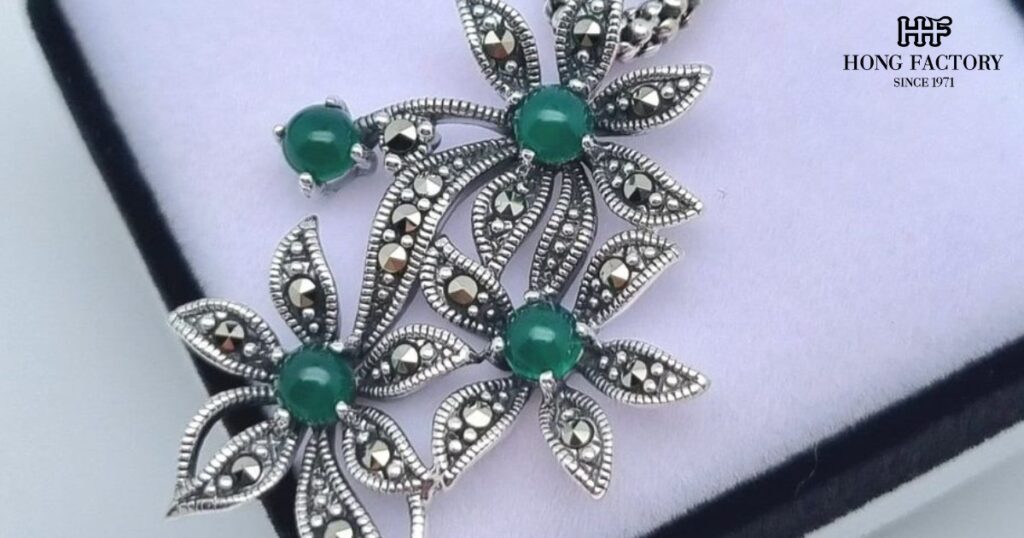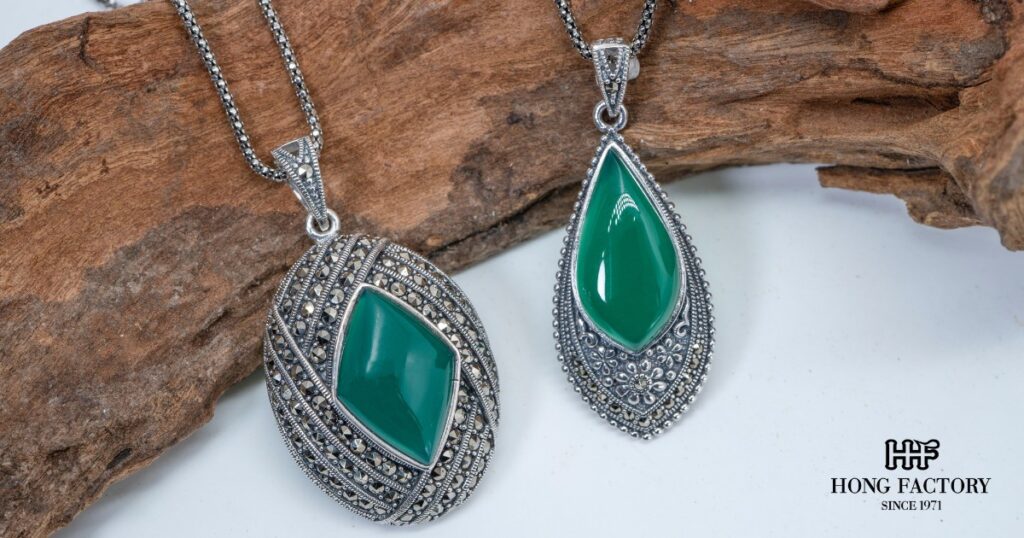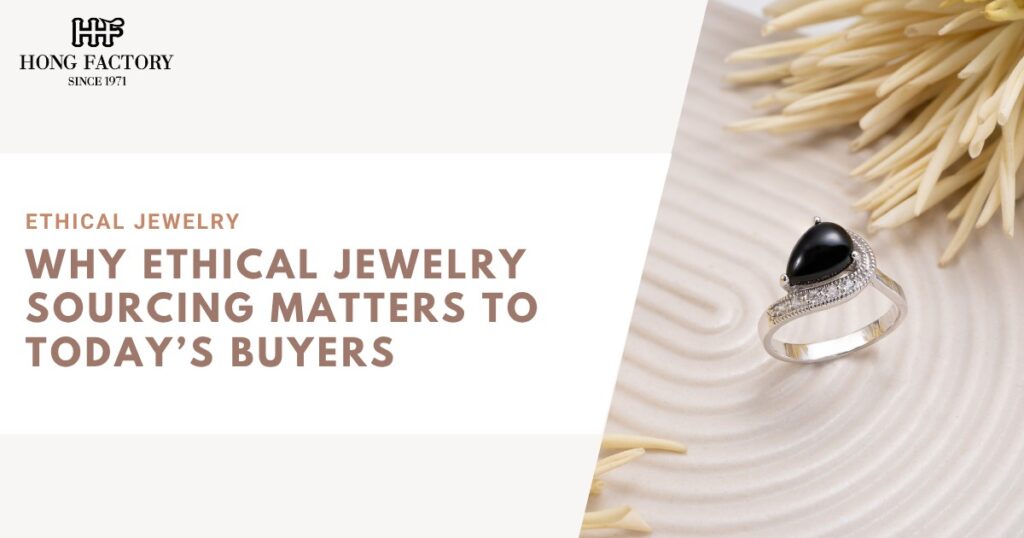
Why Ethical Jewelry Sourcing Matters to Today’s Buyers
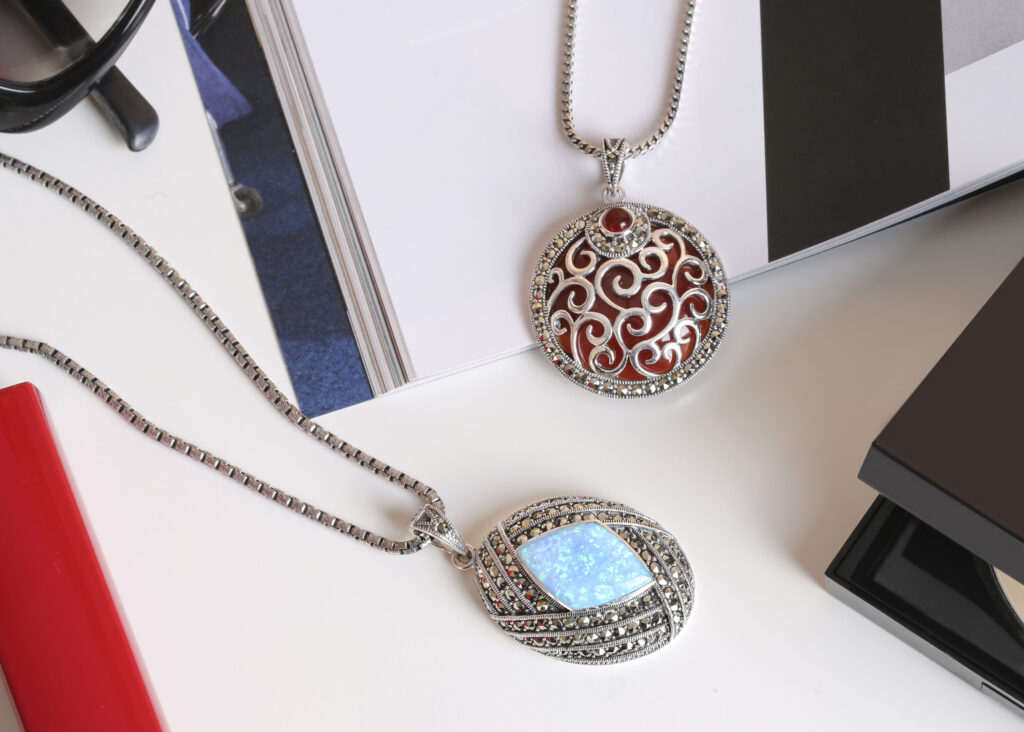
Today’s jewelry consumers aren’t just looking for sparkle they’re looking for substance. As awareness of global supply chains grows, buyers are placing increased value on ethical sourcing. In fact, many now view it as non-negotiable.
Whether you’re a brand owner, retailer, or manufacturer, understanding why ethical sourcing matters and how to communicate it can make the difference between trust and abandonment, loyalty and one-time purchases.
Here’s a deep dive into why ethical jewelry sourcing is crucial in today’s market, and how your business can respond authentically.
1. What Is Ethical Jewelry Sourcing?
Ethical sourcing in jewelry refers to ensuring that all materials metals, gemstones, and labor are obtained and processed in ways that minimize harm and promote fairness.
Key Aspects Include:
- Fair labor practices: No child labor, safe working conditions, and fair wages
- Responsible mining: Minimizing environmental damage and protecting local communities
- Traceable supply chains: Knowing where and how materials are sourced
- Transparency: Sharing these practices openly with customers
2. Rising Consumer Awareness
Today’s buyers are more informed and more empowered than ever before.
Drivers of this shift:
- Documentaries and exposés on unethical mining
- Social media coverage of supply chain injustice
- Influence from sustainability-focused influencers
Result: Consumers are asking, “Where does this come from?” before they buy.
3. Gen Z and Millennial Expectations
Younger consumers are leading the charge for ethical standards.
- 75% of Gen Z consumers say sustainability influences their buying decisions
- Millennials are more likely to research a brand’s sourcing practices before purchasing
Implication for brands: Ethical sourcing isn’t just a trend it’s a generational priority.
4. Building Trust Through Transparency
Ethical sourcing builds emotional equity.
- Buyers feel more connected to brands that align with their values
- Sharing behind-the-scenes processes builds authenticity
- Transparency reduces skepticism and increases perceived integrity
Examples:
- “Our silver is recycled and processed in RJC-certified facilities.”
- “Our gemstones are sourced from conflict-free zones and cut by artisans earning fair wages.”
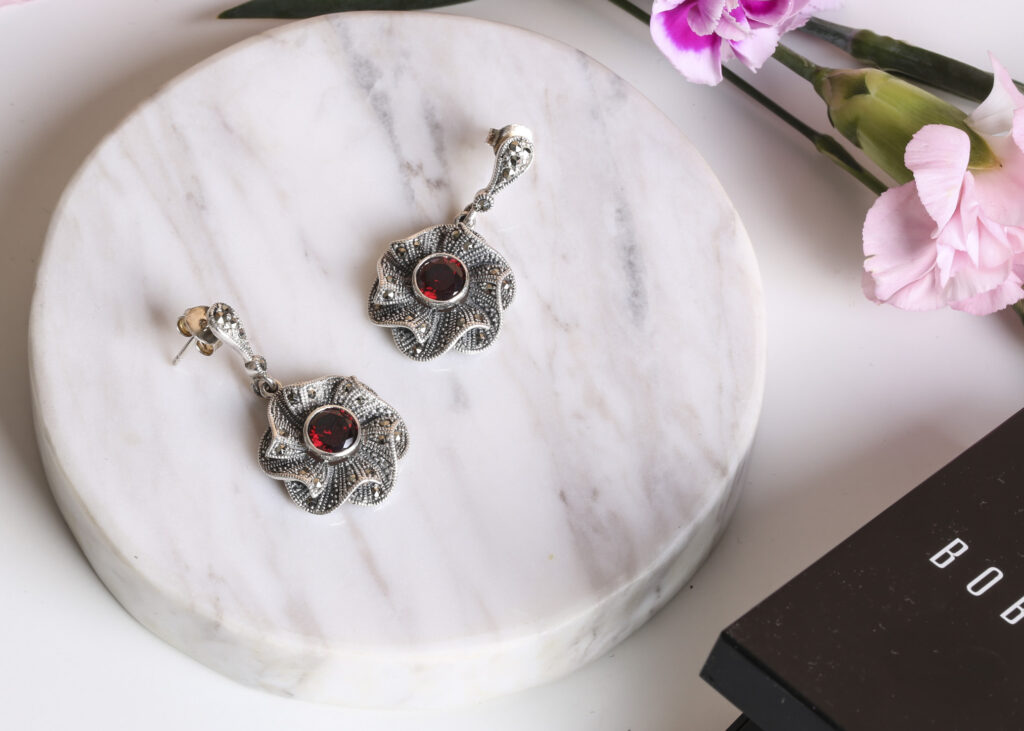
5. Creating a Competitive Edge
In a crowded jewelry market, ethical sourcing becomes a brand differentiator.
- Sets you apart from fast fashion or low-cost imports
- Appeals to premium-conscious buyers who want value beyond price
- Enables higher pricing by adding emotional and ethical value
Tagline example: “Jewelry with a conscience.”
6. Demand for Responsible Gemstones
Diamonds, sapphires, rubies, and even semi-precious stones are under ethical scrutiny.
Ethical gemstone practices include:
- Mining in accordance with local labor laws
- Supporting small-scale miners with fair trade initiatives
- Using lab-grown stones to avoid environmental damage
Marketing tip: Clearly label gemstones as “conflict-free” or “lab-grown” with sourcing info.
7. Preference for Recycled and Reclaimed Metals
Gold, silver, and platinum are increasingly sourced from recycled materials.
- Reduces reliance on destructive mining
- Aligns with circular economy values
- Feels “cleaner” to eco-conscious buyers
Ways to promote:
- “Made with 100% recycled silver”
- “Eco-refined gold from reclaimed sources”
8. Importance of Certifications
Certifications reassure buyers that your claims are credible.
Key standards to consider:
- Responsible Jewellery Council (RJC)
- Fairmined and Fairtrade Gold
- Kimberley Process (for diamonds)
- SCS Global Services (for recycled content)
Tip: Display certification badges prominently on your website and packaging.
9. Influencing Purchase Decisions
When all else is equal price, style, shipping ethics becomes the tiebreaker.
- A buyer might choose a brand solely because it’s transparent
- Ethical sourcing enhances storytelling and gifting appeal
Testimonial example:
“I chose this brand because I wanted a ring that I could feel proud of not just wear.”
10. Real-World Case: A Small Brand With a Big Impact
A boutique jewelry business built its reputation around transparency and ethical sourcing. Their strategy included:
- Using recycled sterling silver
- Working with family-owned workshops in Thailand
- Publishing stories of their artisans and suppliers
- Offering a carbon offset at checkout
Outcome:
- High engagement on social media
- Strong customer retention and word-of-mouth
- Features in sustainability-focused blogs and magazines

11. Communicating Without Greenwashing
Buyers are savvy and skeptical. Avoid vague terms like “eco-friendly” unless you can back them up.
Instead, focus on:
- Specific materials (“recycled 925 silver”)
- Certified claims (“RJC-certified workshop”)
- Measurable impact (“Each purchase supports 1 day of fair-wage labor”)
Transparency builds credibility. Overstatement breaks it.
12. Ethical Sourcing as a Long-Term Investment
While ethical materials and practices may cost slightly more upfront, they:
- Strengthen brand integrity
- Reduce future PR or legal risks
- Align you with growing buyer expectations
It’s not just a marketing choice it’s a business model for future-ready brands.
Make It Meaningful
Jewelry is about more than beauty. It’s about meaning.
When that meaning includes fairness, respect, and responsibility, you don’t just sell a product you earn a place in someone’s values.
As buyers continue to demand better from the brands they support, ethical sourcing isn’t just smart.

